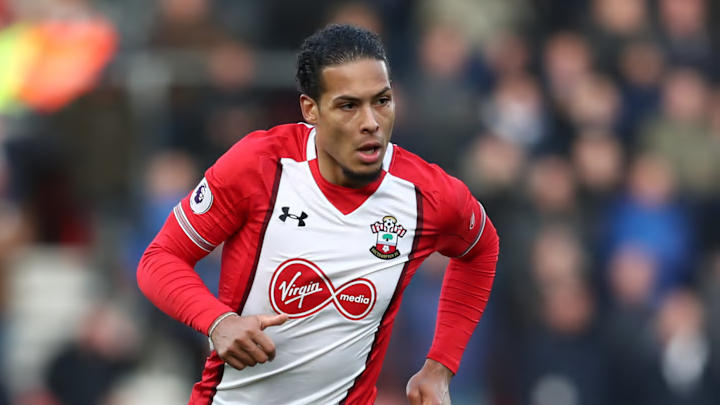Since his arrival at Southampton in the 2015-2016 season, Virgil van Dijk has proven to be not only a talented player but also a leader on the field. His immediate impact was felt not only by the Saints' fans but also by observers throughout the soccer world. However, his time at Southampton was marked by highs and lows, both in terms of sporting performance and off-field controversies.
Van Dijk arrived at Southampton with the responsibility of filling a gap in the club's defense, and he did so masterfully. His solid performance quickly caught the attention not only of the fans but also of Premier League giants. Clubs like Chelsea, Manchester City, and Liverpool expressed interest in signing him, which inevitably sparked a wave of speculation and turmoil behind the scenes at Southampton.
Follow Saints Marching on X (Twitter).
Amidst this speculation, team captain José Fonte left the club, making room for Van Dijk to assume the captain's armband. However, misfortune in the form of injury struck on the same day he was named captain, depriving him of participating in the EFL Cup final, a moment that could have been a crowning achievement of his leadership on the field.
The following season, 2017-2018, was even more tumultuous for Van Dijk and Southampton. Although he remained at the club at the start of the season, it became evident that the player had his eyes set on a transfer. His decision to submit a transfer request and his subsequent exclusion from the team reflected the tension between the player's desires and the club's contractual obligations.
This situation raises broader questions about the dynamics between players and clubs in the transfer market. While clubs seek to protect their financial and sporting interests, players often view transfers as opportunities to advance their careers and compete at a higher level. The players' desire to change clubs often conflicts with the contracts they have signed, leaving both sides in a difficult impasse to resolve.
In Van Dijk's case, his situation was further complicated by the interest of multiple top-level clubs. While Liverpool emerged as the player's preferred destination, Southampton faced the challenging task of protecting their financial interests and maintaining team cohesion. Liverpool's apology for the alleged illegal contact with the player was an unusual but telling gesture.
Van Dijk's saga at Southampton came to an end amid Liverpool's pursuit, and we have all witnessed his achievements at Liverpool over the past few years. It is impossible not to reflect on the complexities and dilemmas of the transfer market. As players continue to seek new opportunities and clubs struggle to maintain their competitiveness, these conflicts are likely to continue to arise. Ultimately, Van Dijk's story at Southampton serves as a learning experience.
